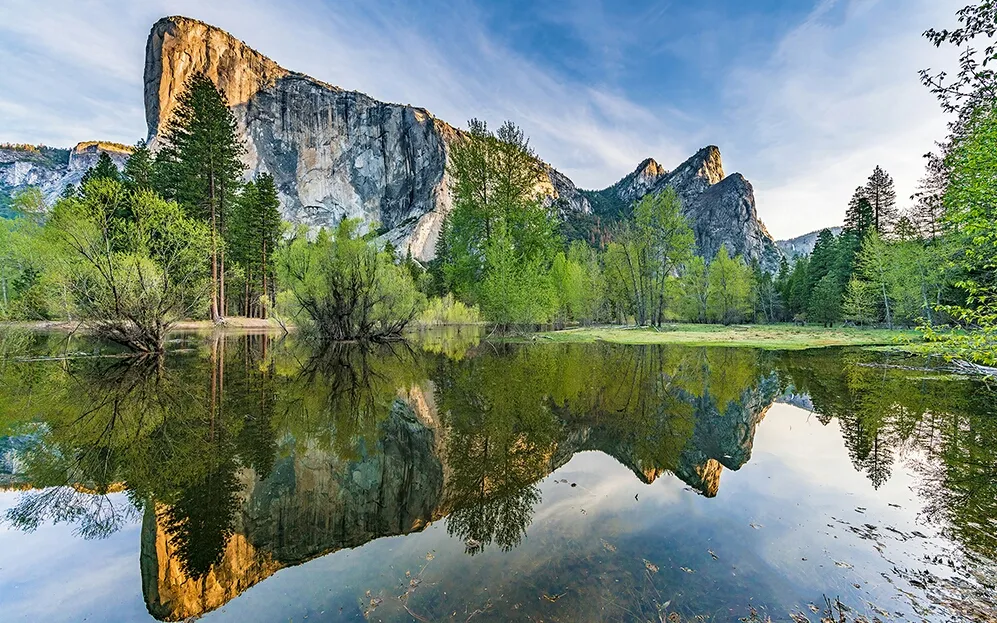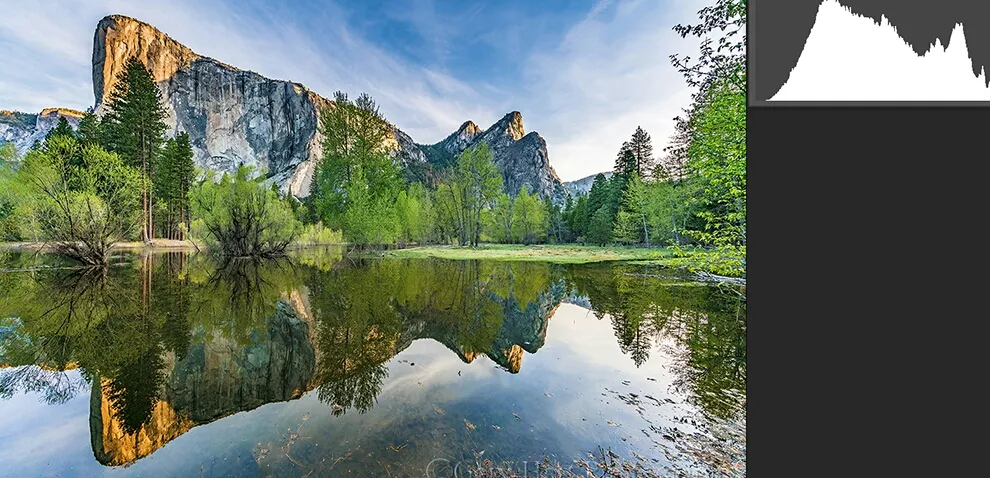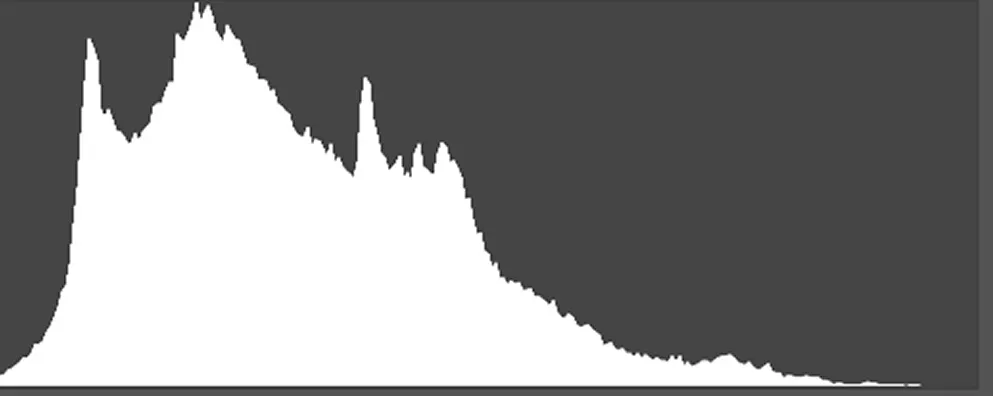The most effective method to Use Histograms
For exact exposures that best catch a scene's dynamic range, disregard what the picture review looks like and depend on the histogram
Content and Photography
the most effective method to utilize histograms to enhance your exposures 
As picture takers, we depend such a great amount on our eyes that it's second nature to choose whether a photo is too brilliant, excessively dull or without flaw basically by the way the LCD see picture looks. In any case, from driving photograph workshops for in excess of twelve years, I've discovered that the single greatest reason for introduction botches is settling on choices in view of the way the photo looks on the camera's LCD.
The picture see your camera shows is incredible for checking creation, however the brilliance of the picture fluctuates both with the LCD's shine setting and with the continually changing surrounding light. Aggravating the issue, the photo you see is a JPEG that doesn't show the full scope of tones caught. A significantly more dependable approach to decide introduction is to utilize the histogram your camera makes with each snap.
Histograms Explained
A histogram is a diagram of the tones in a picture. Its most straightforward frame, the monochrome form for all intents and purposes every single advanced camera show, is the luminance (or glow) histogram. Understanding the luminance histogram will enhance your photography and make perusing the (marginally) more mind boggling RGB (red, green, blue) histogram significantly less demanding.
For a few, any diagram can possibly bring out flashbacks to the injury of secondary school science class. Yet, a histogram is very straightforward—sufficiently basic to be deciphered in a matter of moments.
At the point when a picture is caught by a computerized sensor, your camera's processor makes a JPEG review picture for show on the camera's LCD. As it makes the review, the camera tests the splendor of each photosite and allots it a tone (shine) esteem running from 0 (supreme dark) to 255 (total white). Each tone an incentive from 1 through 254 contains detail—the higher the number, the brighter the tone.
A basic histogram to enable you to figure out how to utilize histograms
Luminance histogram. 
Equipped with the tone esteems for each photosite, the camera assembles the picture's histogram. The level (X) pivot of the histogram has 256 discrete sections (0-255), one for every conceivable shine esteem, with the 0/dark segment on the far left and the 255/white segment on the far right. (They don't show as discrete segments since they're packed so near one another.)
Your camera assembles another histogram for each picture, increasing the value of its relating segment on the histogram, such as stacking poker chips. The more photosites of a specific brilliance esteem, the higher its comparing segment will spike.
Perusing A Histogram
Not exclusively does the scope of tones obvious in the LCD review fluctuate with encompassing light and screen splendor, even in perfect conditions, more data is caught by the sensor than the LCD see can appear. Also, however the camera utilizes a similar see JPEG to fabricate its histogram, the histogram gives a more predictable, exact wellspring of presentation data that can be depended on paying little mind to outside variables.
There's no such thing as a "flawless" histogram shape. The histogram's shape is dictated by the dissemination of light in the scene, while the histogram's left/right position is a component of the measure of introduction given the picture. The histogram's tallness is insignificant—data that seems cut off at the highest point of the histogram just means the show isn't sufficiently tall to fit all the photosites having that tone.
The measure of presentation you give a picture is an imaginative decision, however when in doubt photographic artists attempt to abstain from cut-out (removing) the histogram's diagram on the left and right. A histogram cut on the left means a portion of the scene's detail is unadulterated dark; a histogram cut on the correct means a portion of the scene's feature detail is unadulterated white